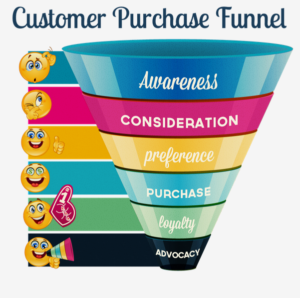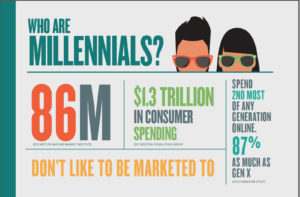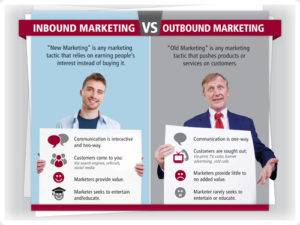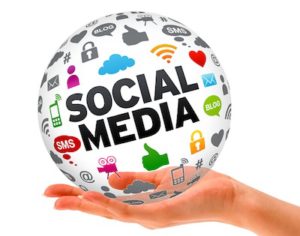[vc_row full_width=”stretch_row”][vc_column][vc_custom_heading text=”Is Marketing Expensive?” use_theme_fonts=”yes” css=”.vc_custom_1491642933871{margin-top: 0px !important;}”][vc_column_text css=”.vc_custom_1491643010158{margin-bottom: 15px !important;}”]
Expensive mistake: Being cheap about marketing
The related myth is that you can rely on social media to build vitality and attract customers for free. “Social media is not free, to do it properly takes unbelievable amounts of time, and it’ll typically take six months to a year before you’ve got even slight momentum–it’s not fast.”
If you’re not sure how much money to budget for marketing, it’s suggested to aim for 10 to 20 percent of your targeted gross revenue.
Marketing is what we like to refer to as Image Development.
- Logo
- Branding
- Advertising
- Networking
- Writing
- Social Media Development
- Press Kit Creation and Professional Bio.
I recommend always using an experienced marketing professional for this work and remember when getting quotes…if it sounds too good to be true, it probably is. Experienced design professionals are worth their weight in gold and while it may be costly, you will save money in the long run by not having to pay someone else to “fix” what wasn’t done correctly the first time.
Costs – Marketing
Marketing is not an expense it’s an investment and it’s important to have a clear understanding on where to start investing. If you can get this, you are one step ahead. Good marketing is critical to the success of any business.
Many companies view marketing as an expense. Truth is when a business understands the importance and the role it plays in growing a business it’s clear on why it should be considered an investment. Marketing is crucial when it comes to gaining the attention of prospective consumers and clients, developing products or service demand and turning those prospective consumers into customers. Marketing has an affect on your sales, pricing, promotions and your advertising strategies. When understand the importance of marketing you can use it to promote the ongoing transition of your services and products to the consumer; this can create success in your small business.
[/vc_column_text][vc_single_image image=”7325″ img_size=”large” alignment=”center”][/vc_column][/vc_row][vc_row][vc_column][vc_btn title=”VIEW ALL” style=”flat” color=”success” size=”lg” align=”center” button_block=”true”][/vc_column][/vc_row]







